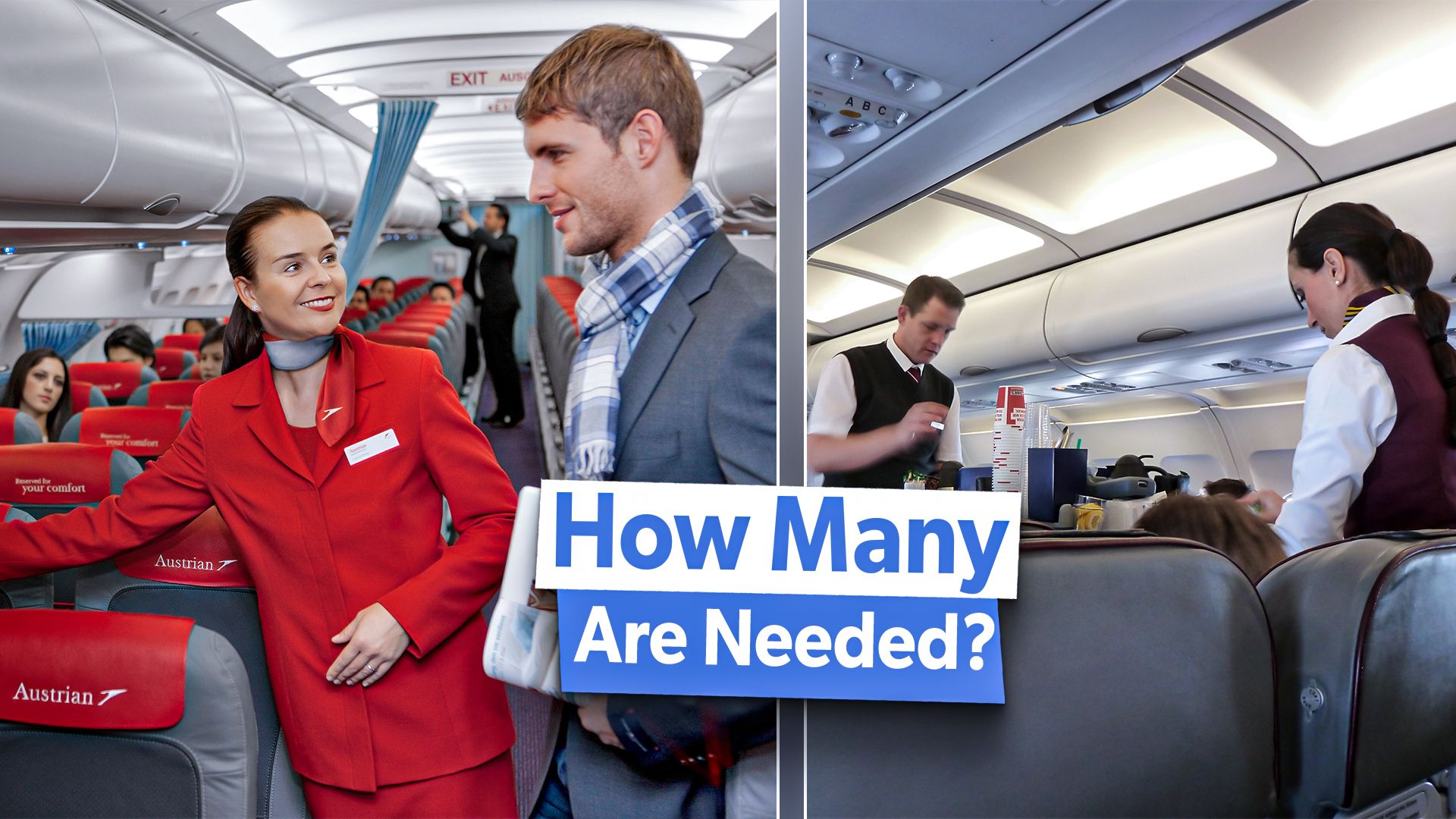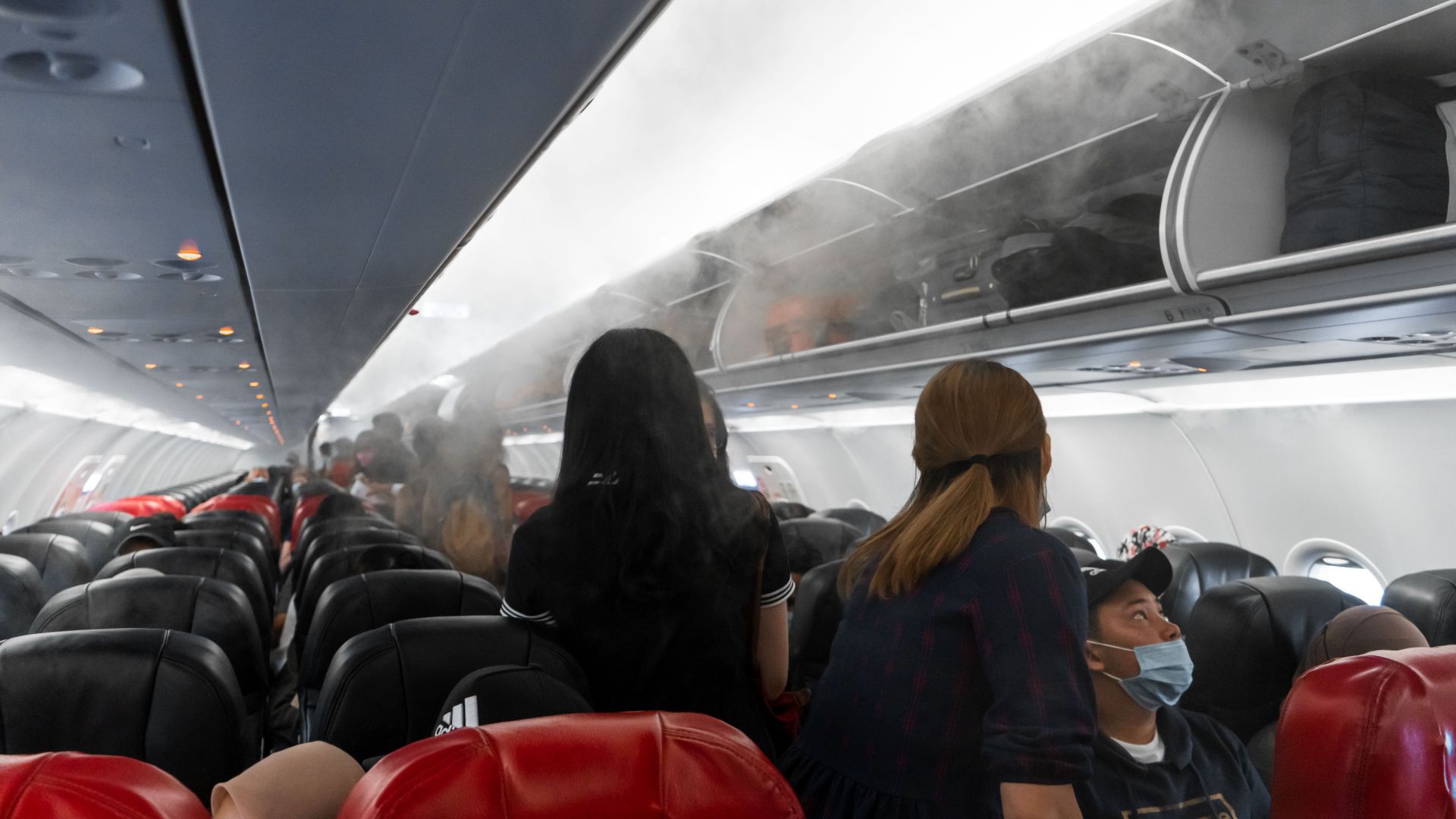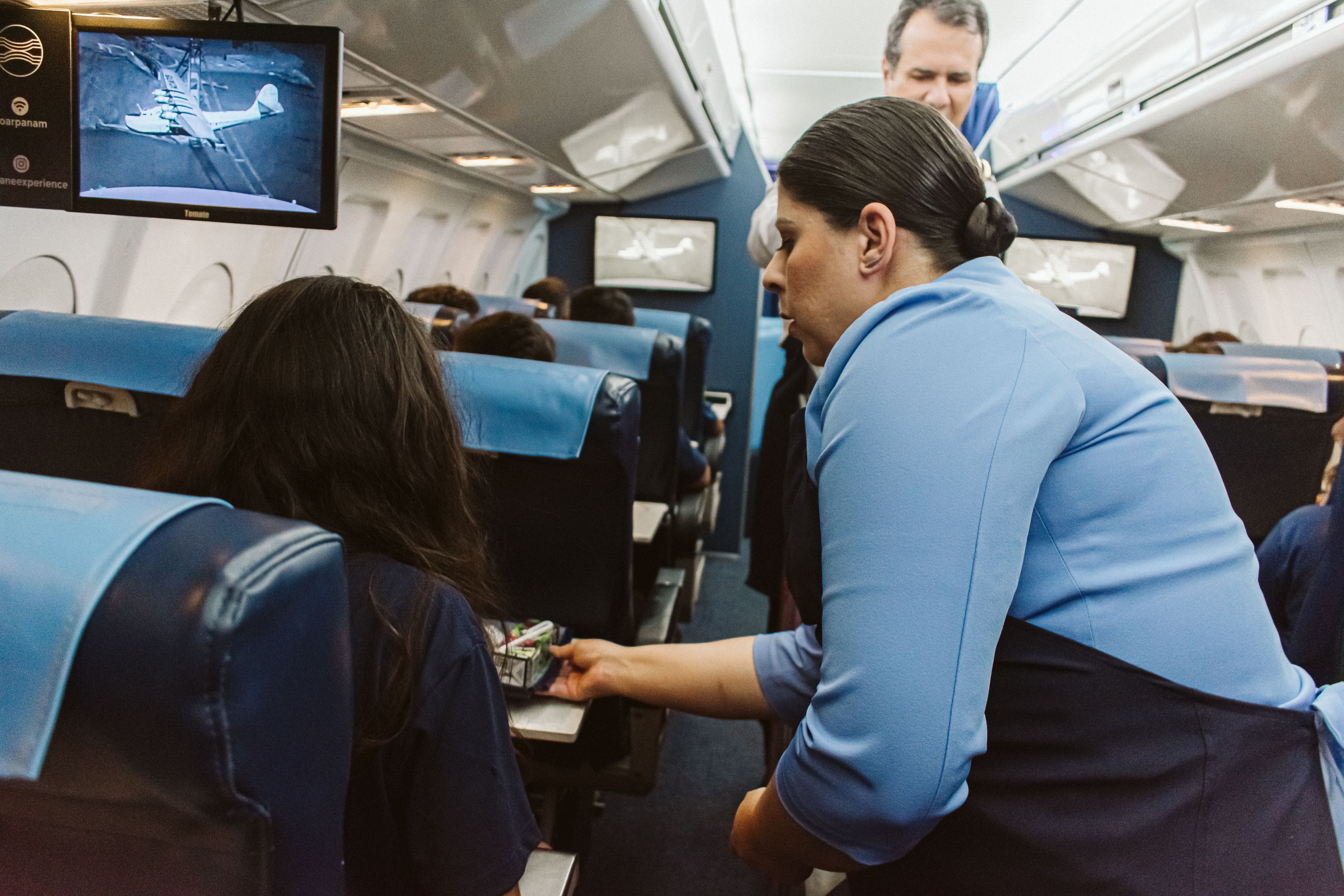Summary
- Cabin crew are key for emergency evacuations, ensuring passenger safety during the chaotic process.
- Different international authorities have varying regulations on the required number of cabin crew based on aircraft capacity.
- FAA mandates minimum cabin crew based on aircraft weight, size, and passenger capacity to ensure passenger well-being.
The role of flight crew on passenger flights is much more than conducting safety briefings and handing out food and beverages to passengers. While almost always taken for granted by passengers, flight attendants ensure many aspects of a safe and smooth flights, including safety and well-being of passengers, safety and security of the aircraft, cleanliness, communication, and planning.
Although passengers may learn to recognize the faces of those responsible for their section of the cabin, particularly on long-haul flights, most would be hard-pressed to say how many crew there were on the plane. Let’s take a look at the requirements for the minimum number of flight crew required on board commercial flights.
In case of evacuation
One of the main reasons that a minimum number of cabin crew are required is that these individuals are essentially responsible for the successful evacuation of aircraft. This means they and their numbers are fundamental to the safe operation of any jetliner anywhere in the world.
As is often the case in the airline industry, the number of cabin crew required on a particular aircraft is subject to various conditions and international legal requirements. Both of these factors can differ quite significantly, depending on the jetliner in operation, along with the region of jurisdiction.
The International Civil Aviation Organization (ICAO) show that during emergency evacuations, surviving passengers are vulnerable and are at a risk of serious injury or death if evacuation procedures are not precisely followed. The ICAO lists some of the notable hazards to aircraft passengers wandering at live aircraft operational areas during emergencies, including,
- Passengers getting lost
- Passengers getting hit by a vehicle/aircraft
- Passengers getting injured by aircraft propeller/jet blast/excessive engine noise
- Passengers falling into airport drains, canals, water catchment areas;
- Passengers struck by airport construction equipment
The ICAO has put together guidance related to the safe and expeditious evacuation of aircraft. This is contained in a document the organization refers to as the ICAO Standards and Recommended Practices.
Photo: Try_my_best | Shutterstock
However, as the organization notes, this document does not provide a strict numeric value. Instead, carriers must approve the amount of crew in each aircraft via the operator’s country’s regulators. Meanwhile, ICAO states that the ratio of cabin crew members to passengers and exits should be a central area of concern. Still, as mentioned, it does not provide specific stipulations regarding the number of cabin crew that have to be onboard an aircraft.
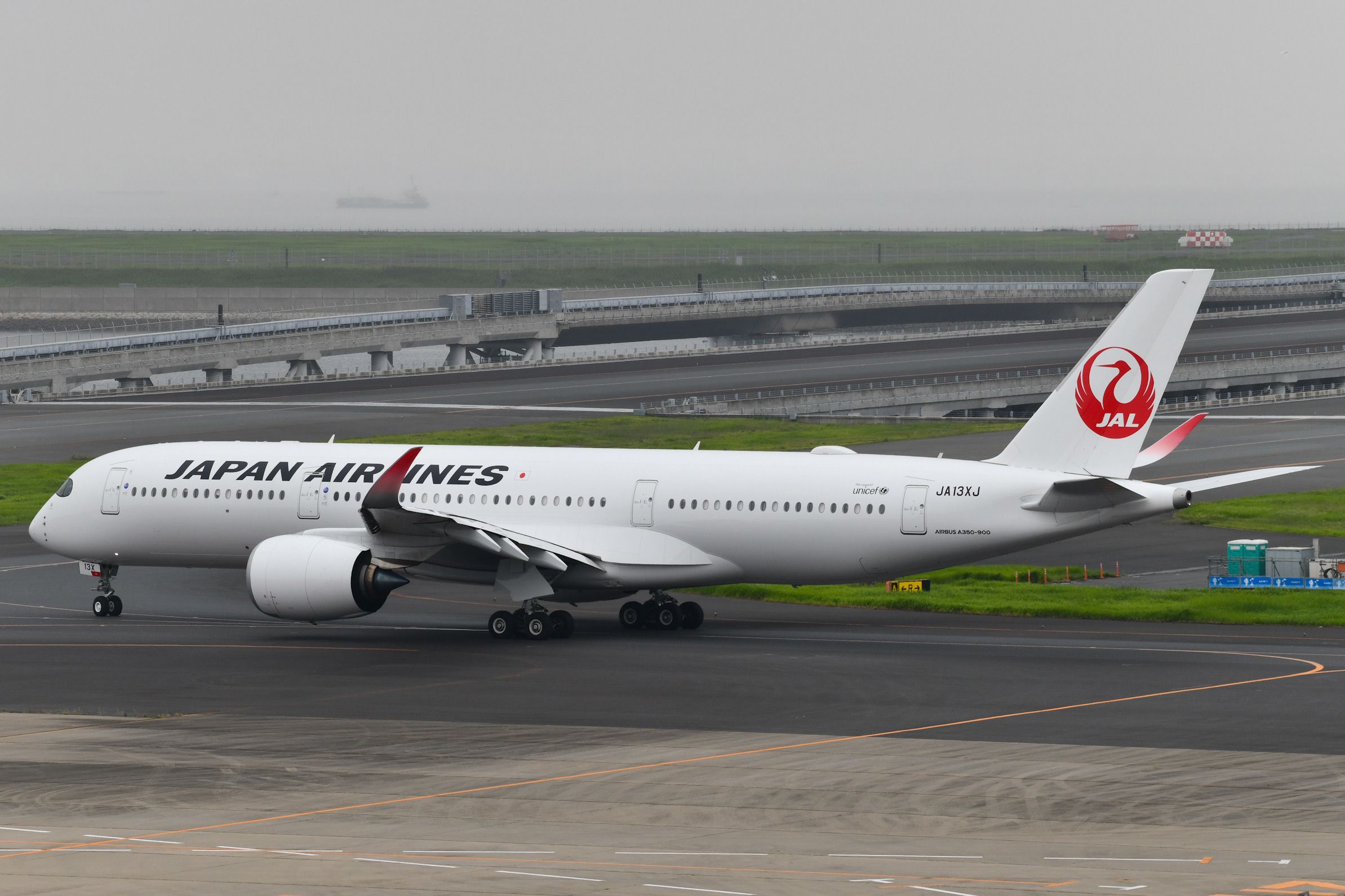
Related
Miracle Or Just Excellent Training: How Japan Airlines Cabin Crew Saved Hundreds Of Lives
A number of factors ensured the evacuation was a success.
Stay informed: Sign up for our daily and weekly aviation news digests.
Different rules in different regions
Of course, that’s not the end of the story. Several other regulators are involved in the airline industry, each of which has different rules regarding cabin crew numbers. According to the European Union Aviation Safety Agency (EASA), the minimum number of cabin crew should be established during the certification process of every aircraft. However, this is open to negotiation based on several legal considerations.
There are regulations relating to how this number should be decided and where it should be recorded once a figure has been established. But again, there are no hard and fast rules regarding precisely what number of cabin crew should be onboard a particular aircraft.
Photo: Southwest Airlines
However, the Federal Aviation Administration (FAA) in the US does make specific stipulations in this area. Again, the organization is keen to emphasize that the amount of cabin crew placed on any aircraft should depend on the airplane’s size and weight, along with the total capacity of passengers involved.
There are, however, precise figures in the FAA guidelines, with each carrier required to provide at least a minimum number of flight attendants onboard each passenger-carrying aircraft. This number depends on the length of the flight, the number of passengers, and a few other key factors.
Check out the latest aviation news with Simple Flying as they unfold!
Photo: Lukas Souza | Simple Flying
FAA guidelines
The FAA regulations are as follows:
- Airplanes with a maximum payload capacity of more than 7,500 pounds, and a seating capacity between nine and 51 passengers, require one flight attendant.
- Airplanes with a maximum payload capacity of 7,500 pounds or less, and a seating capacity between 19 and 51 passengers, require one flight attendant.
- Airplanes that have a seating capacity of between 50 and 101 passengers, such as an ATR 72 turboprop with 69 seats) require two flight attendants.
- Airplanes with a seating capacity above 100 passengers require two flight attendants, plus one additional flight attendant for each unit of 50 passenger seats above a seating capacity of 100 passengers; i.e., 150 passengers would require three flight attendants, 200 passengers would require four flight attendants, etc.
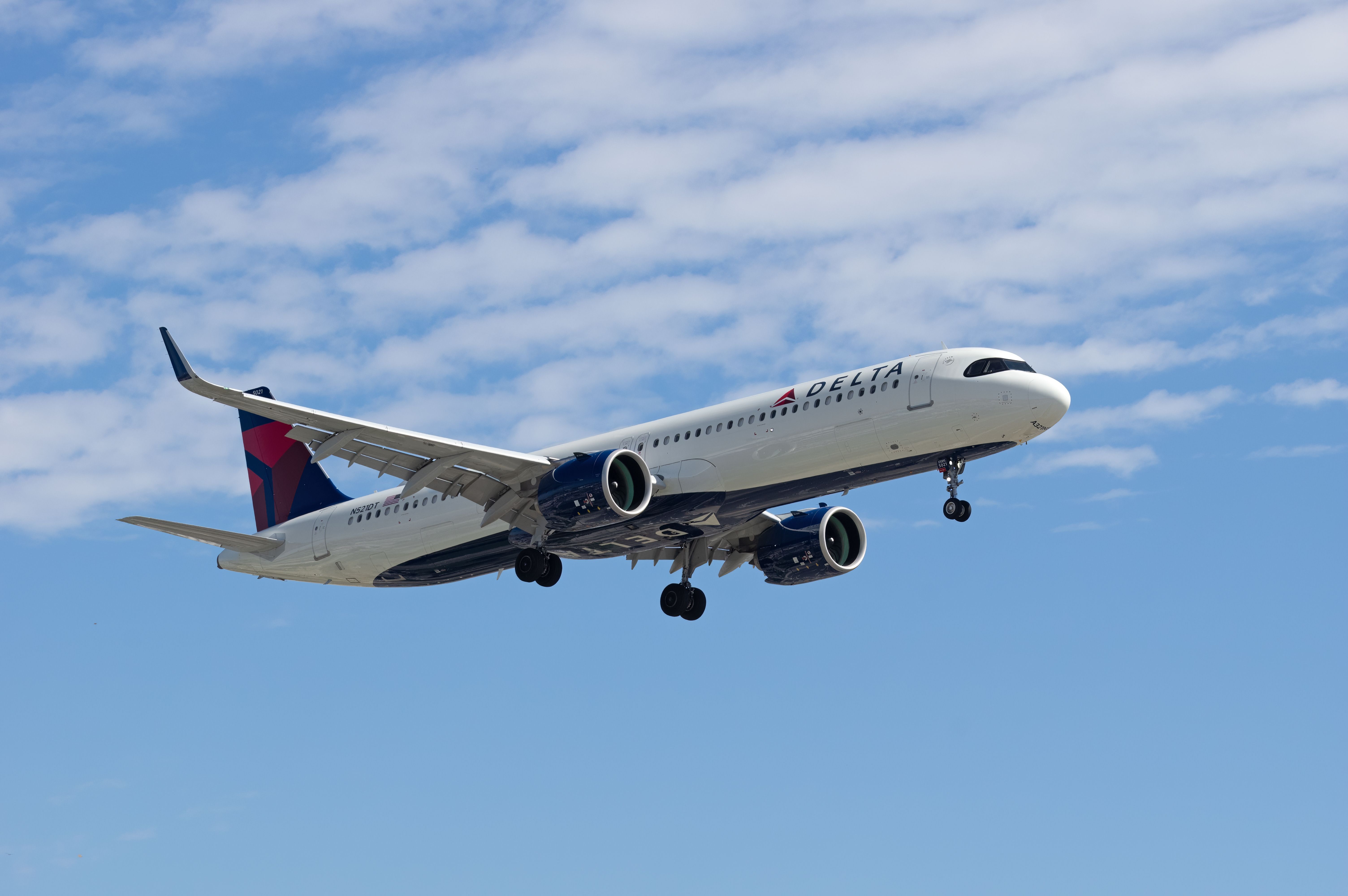
Related
Fire Induced Emergency Evacuation: Delta Passengers Flee Airbus A321neo At Sea-Tac
A few people had minor injuries, including a woman who said she twisted her ankle coming down the slide.
This would mean that the most significant capacity aircraft, the Airbus A380, with a typical seating of somewhere above 500 passengers, requires at least ten cabin crew, according to the FAA. While these regulations do not apply across the board in all locations, they can nevertheless be considered a rough guide to likely requirements on any commercial flight.

